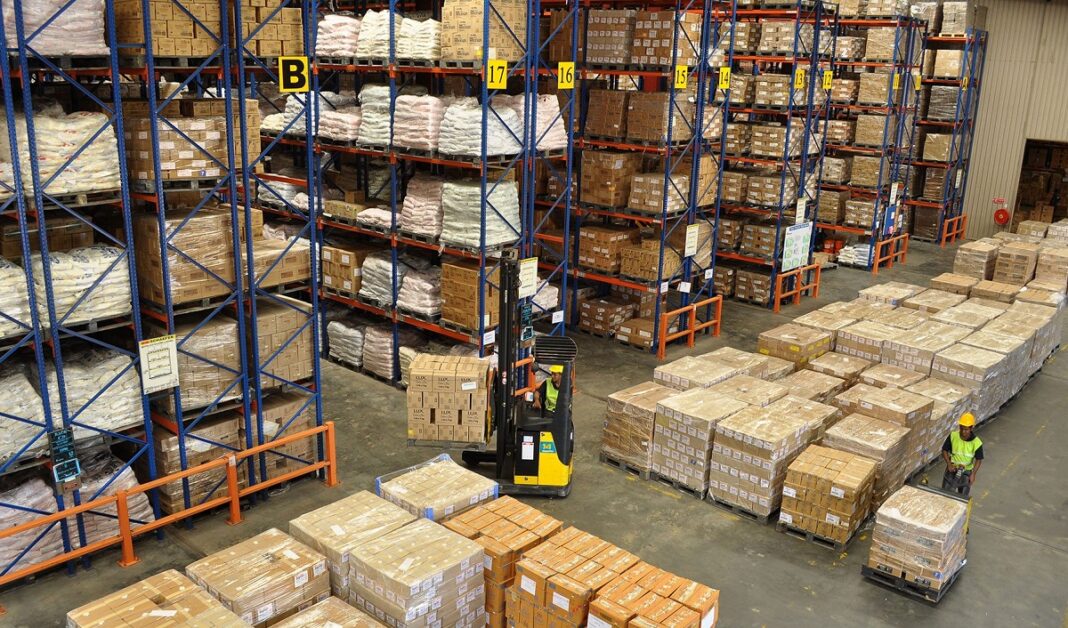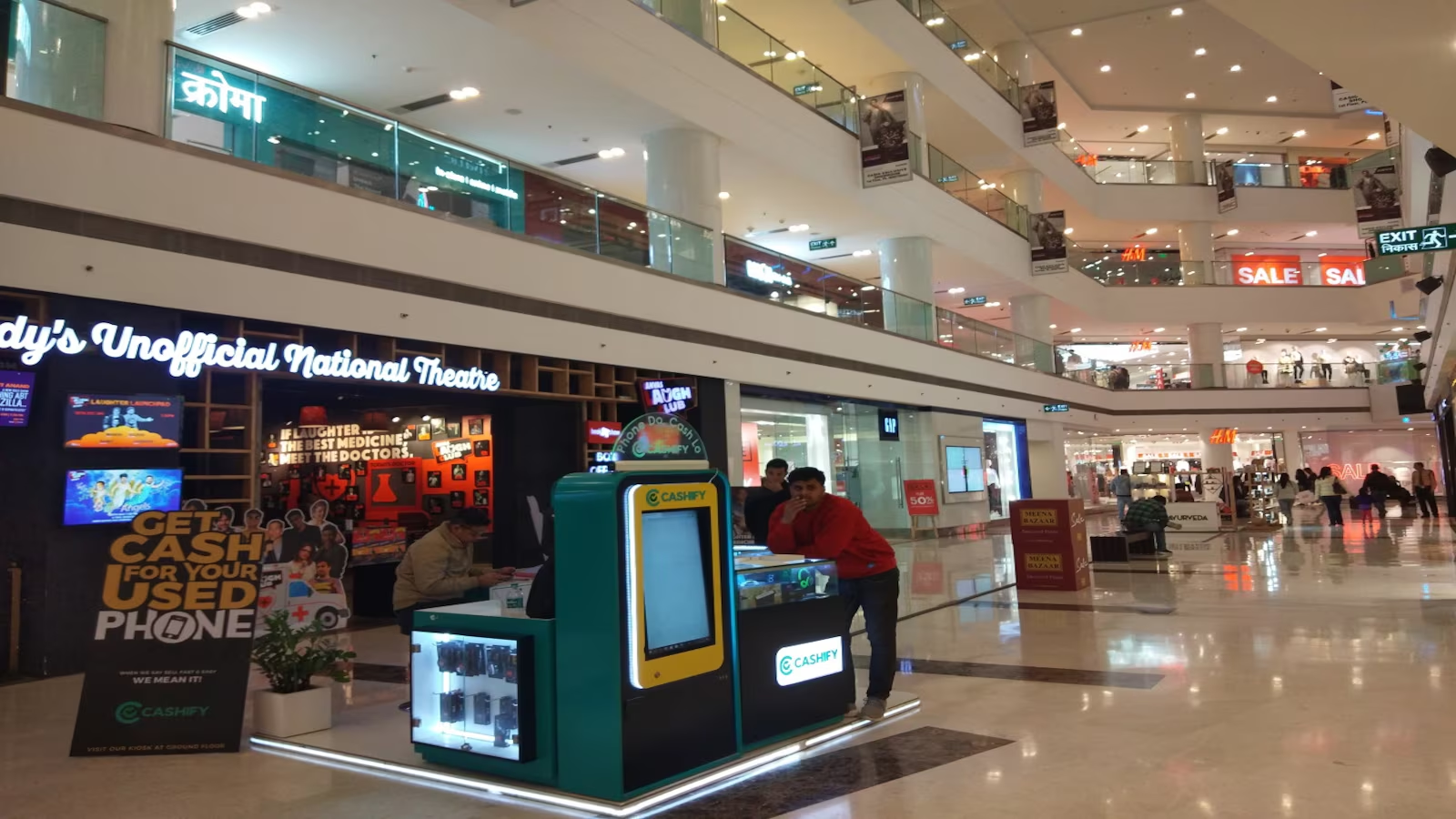News
The Warehousing Market in India is poised to thrive at a remarkable pace


By: Amit Sharma, National Head, 360 Realtors, Franchise Business


India’s warehousing segment is growing at a scorching pace and is set to cross 700 million sq ft by 2030. The market which is presently sized at around 333 million sq ft is growing at the back of increased thrust to industrialization, a jump in the e-commerce industry, and an expansive network of 3rd party logistic companies in India.
Around 40% of the demand emanates from the manufacturing sector, while the 3 PLs contribute ~ 30% of the overall market growth. Retail, e-commerce, and the pharma industry will also drive demand.
As major organizations in India are now focusing more on their core competence and outsourcing other activities, the warehouse industry will continue to expand. Interestingly, the segment is also aggressively percolating to Tier 2 and 3 cities. Smaller cities such as Ludhiana, Vizag, Guwahati, Indore, Jaipur, Udaipur, Satna, Porbandar, and Coimbatore are seeing a jump in manufacturing, leading to growth in warehousing.
Currently, 60% of the e-commerce demand is coming from tier–2 cities, which is further accelerating the warehousing industry.
Thrust to Infrastructure
India is seeing a monumental shift in terms of greenfield infrastructure projects with an extensive grid of USD 1.4 trillion. It is building dedicated railway freight corridors, multi-modal logistic hubs, an extensive network of highways, greenfield airports, etc. Likewise, it is also expanding capacities in existing cargo airports, giving facelifts to ports, and investing in networks of dry ports & container freight stations all over India. Such a massive shift in infrastructure connotes increased investment in warehouses and industrial parks as well, thereby pushing ahead the overall sector.
The government in India also understands the importance of a robust warehousing industry and is giving special attention to the same. A new warehouse and logistic policy has been unveiled to give a massive push to the segment. Presently the share of logistics to the overall GDP is 14% and the government intends to reduce it to 8%, making it at par with the developed markets in the world. Creating a robust and prolific warehouse sector will be critical to the intended objective. In addition to the central government, numerous state governments are also coming up with their own warehouse policies, to foster growth in the segment.
Technology can be a key enabler
Technology is also reshaping the industry, as it is deepening its foothold throughout the value chain from procurement to storage to packaging to last-mile delivery. Technology and analytics are greatly helping to reduce the TAT and bring increased efficiency into the overall logistic sector. Numerous start-ups and tech enterprises have also emerged in the space, which is enriching the market.
Recent times have seen data-encryption-based products to ensure product privacy. IoT-based solutions are prepared to keep track of SKUs. Likewise, AI and big data will be used to prepare robust predictive insights on usages. This will help in better future planning.
Developers are now using the twin-digital concept to effectively manage the overall resources without the need for physical inspections. The overall space has seen a remarkable makeover in the face of technology adoption.
Investor appetite will rise
As the segment is poised to thrive, investor interest will continue to rise. Investing in warehousing can give rental yield to the tune of 8-12% annually, making it a very sought-after asset class to look into.
During the time of the pandemic, when real estate was in a tailspin, demand for warehouses was rising fast, fueled by growth in digital commerce, D2C brands, pharma e-retail, etc. This led to a steep rise in the warehousing segment and also piqued investor interest.
Though the pandemic is nearly over, the warehousing sector in India is going from strength to strength. This will further lead to a renewed investor interest. Besides higher demand, the other benefit of warehouses is that the lease periods are generally larger. This further makes it a risk-averse asset to look into.
-



 News3 weeks ago
News3 weeks agoNoida’s High-Rise Societies Face Multiple Challenges Despite Rapid Urban Growth
-



 News3 weeks ago
News3 weeks agoOlive Announces Dhruv Kalro as Co-Founder
-



 News4 weeks ago
News4 weeks agoVestian: Domestic Investors Dominate Institutional Investments in Jan-Mar’24
-

 News3 weeks ago
News3 weeks agoIndia to become the fastest-growing silver economy, housing up to 17% of the world’s elderly population by 2050: CBRE Report
-



 News4 weeks ago
News4 weeks agoHRERA Gurugram Rejects Godrej Properties’ Project Extension Application, Account Frozen For Prolonged Non-compliances
-



 News2 weeks ago
News2 weeks agoSKA Forays In Luxury Housing: Launches SKA Destiny One in Greater Noida, To Invest Rs 592 Crores
-



 News4 weeks ago
News4 weeks agoAshiana Housing Sells Rs 440 cr Worth 224 Flats at its Project Amarah in Gurugram
-



 News3 weeks ago
News3 weeks agoKyndryl opens new office in Bengaluru

















